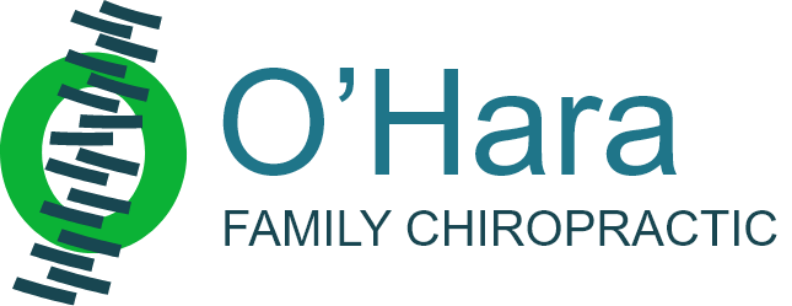
Back Pain O’Hara Family Chiropractic
Chiropractors’ Backs Go Out Too: Here’s What I Do
People often assume chiropractors never experience back pain—but the truth is, we’re human too. Between long hours treating patients, bending over adjusting tables, and standing throughout the day, even a chiropractor’s back can get sore, stiff, or occasionally “go out.”
When that happens, I follow the same principles I share with my patients. Recovery is about restoring balance, reducing inflammation, and allowing the spine and muscles to function properly again.
1. Don’t Ignore It — Listen to the Pain
When my back tightens or a joint locks up, I don’t try to “push through it.” Pain is information—it’s your body’s way of saying something is off. Ignoring it only leads to compensation, and compensation leads to more problems.
If I feel discomfort, I take it seriously right away. The earlier you address an issue, the faster it resolves.
2. Ice, Not Heat (and Yes, I Take Ibuprofen)
Inflammation drives pain. Heat might feel soothing for a moment, but it can increase swelling and prolong recovery. Instead, I use ice therapy for 15-20 minutes at a time, several times a day.
Ice reduces inflammation, calms irritated nerves, and helps restore motion sooner. Once swelling subsides, gentle stretching and mobility work become much more effective.
And yes, I’ll admit it — I take ibuprofen. I don’t like pain any more than you do. I know that’s not always a popular stance in the chiropractic community, but I don’t care. If you can take it and it helps, take it. It works on inflammation, and let’s face it—if it hurts, I’m inflamed.
3. Chiropractic Adjustment
Even chiropractors need chiropractic care. When my back “goes out,” it usually means one or more joints in my spine aren’t moving the way they should. A precise, gentle adjustment restores proper motion and takes pressure off the surrounding muscles and nerves.
After an adjustment, movement feels smoother, pain decreases, and the healing process accelerates. That’s why I always say: motion is life, and alignment keeps that motion healthy.
4. Keep Moving — But Smartly
Rest is important, but total inactivity can stiffen joints and slow healing. I focus on controlled movement—gentle walking, stretching, and posture awareness throughout the day.
Here’s what I do:
-
Short walks to keep blood flowing
-
Avoid sitting or standing in one position for too long
-
Gentle mobility drills to restore range of motion
The goal is to maintain motion without aggravating the injury.
5. Stretch and Mobilize the Core Muscles
Tight hips and hamstrings are often the culprits behind recurring back pain. When my back acts up, I spend a few minutes every day on:
-
Hamstring stretches to reduce tension in the lower back
-
Hip flexor stretches to release the front of the pelvis
-
Cat-cow spinal mobility to restore smooth motion between vertebrae
-
Pelvic tilts and bridges to activate core and glute support muscles
These exercises help take stress off the spine and improve stability.
6. Check My Ergonomics
Chiropractors spend a lot of time bending, twisting, and leaning over patients. When my back hurts, I reassess my posture and body mechanics at work.
I make sure to:
-
Square my stance before making adjustments
-
Keep the table at a proper height
-
Avoid repetitive leaning or twisting
-
Stretch between patients
The same principle applies to anyone—whether you’re at a desk, in the garden, or on your feet all day, how you move matters.
7. Hydration and Recovery
Muscles, joints, and discs need water to function properly. I drink plenty of water throughout the day to keep tissues hydrated and flexible. I also make sure to get enough rest and good sleep. Recovery doesn’t happen without it.
8. Get Back to Regular Maintenance
When my back feels better, I don’t stop there. Regular chiropractic adjustments, stretching, and movement keep my spine healthy long term. Just like changing the oil in your car, ongoing care prevents breakdowns before they happen.
Takeaway: Even Chiropractors Get Back Pain
Yes—chiropractors’ backs go out too. But the difference is what we do about it. Early attention, chiropractic care, and consistent movement make recovery faster and prevent recurrence.
If your back has been bothering you, don’t wait until it locks up completely. Address it early. That’s how I treat my own spine, and it’s how I help my patients recover quickly and stay active.
At O’Hara Family Chiropractic in Arlington Heights, I’ve helped thousands of patients restore spinal health and stay strong—even after the occasional flare-up. If you’re struggling with stiffness, soreness, or a “locked” back, let’s get you moving again.
